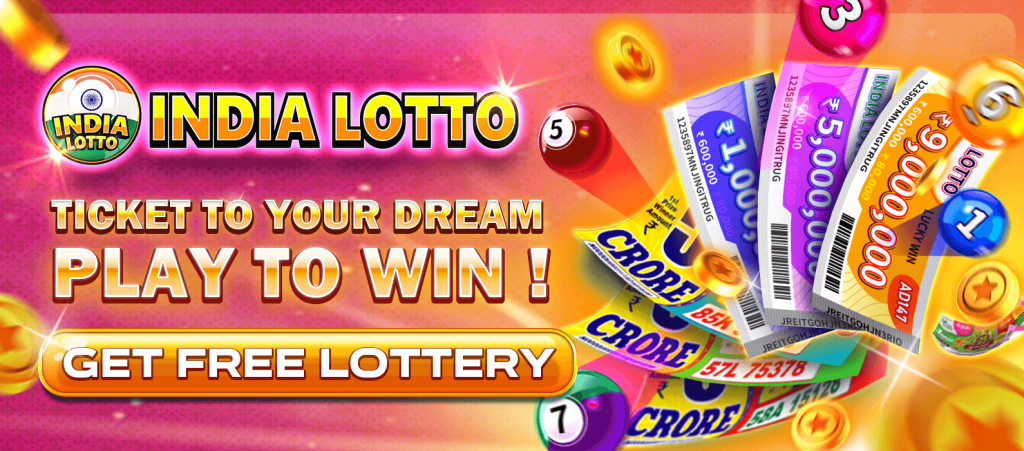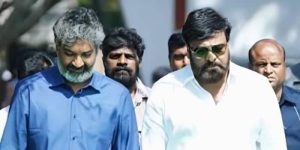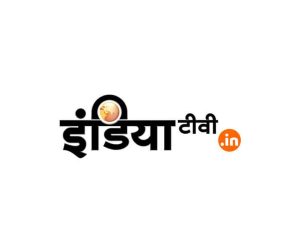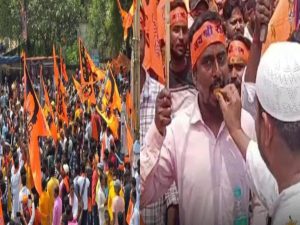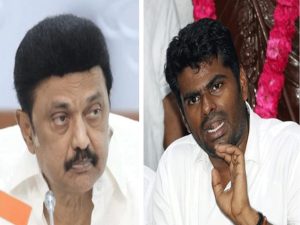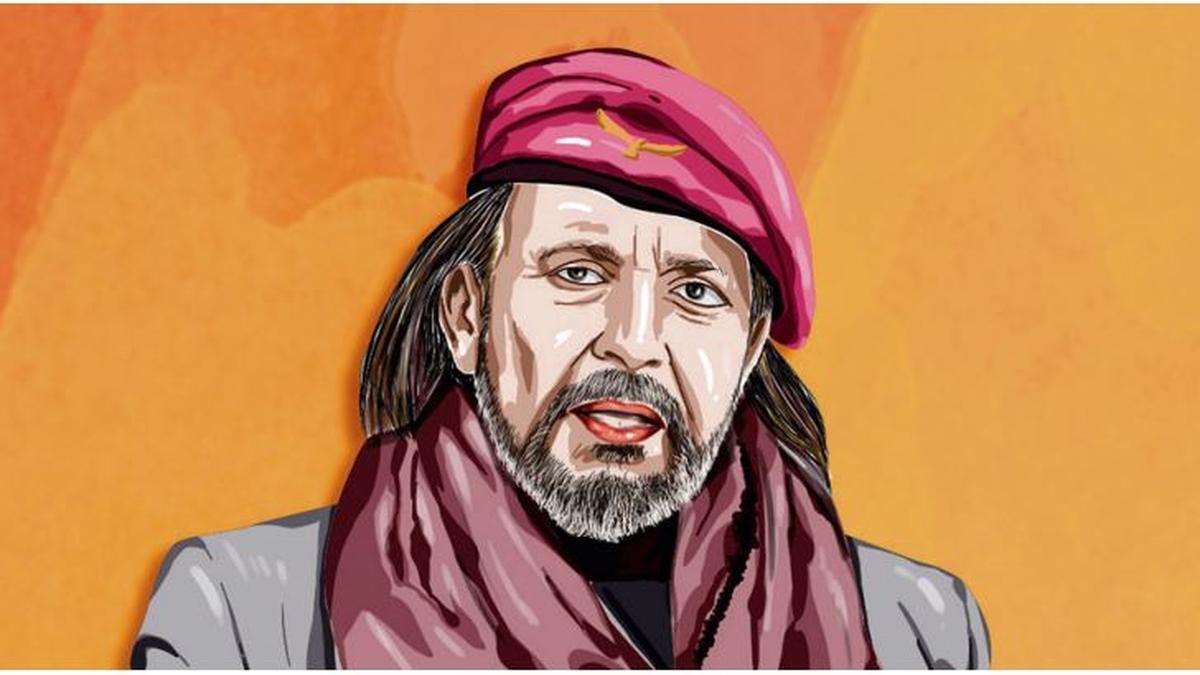
In the dynamic world of cinema, where method acting and spontaneity often grapple for supremacy, Mithun Chakraborty has forged an inimitable path, crafting a unique style that does not merely focus on technique but on the heartfelt authenticity of his performances. Nearly five decades have passed since a young and brooding Chakraborty captured the hearts of audiences with his impressive portrayal of a tribal youth confronting systemic betrayal in Mrinal Sen’s classic, Mrigayaa. This week, in a deserving acknowledgment of his contribution to the craft, the government honored him with the Dada Saheb Phalke Award, the highest accolade in Indian cinema.
Mithun Chakraborty’s journey is a testament to perseverance and versatility, his career marked by an array of roles showing extraordinary range and depth. Whether slipping into the shoes of a charismatic superstar or quietly delivering a powerful performance, Mithun embodies both ease and depth without drawing excessive attention to himself. His illustrious career spans from larger-than-life roles, such as Jallad (1995) and Chandaal (1998), to the deeply moving performances in Swami Vivekanand (1998), where he portrayed the saint Ramakrishna Praramhansa, and in Tahader Katha (1992), where he portrayed Sibnath, an unsung freedom fighter devoid of any pretense.
What sets Mithun apart is his ability to transition seamlessly between portraying a heroic figure on screen and evoking the anguish of an oppressed man beleaguered by colonial forces, struggling for worth in newfound freedom. This spectrum of performance reflects an artistically restless spirit, unafraid to challenge social norms and reflect deeper truths.
Despite his acting credentials, opportunities in Bollywood didn’t come easily to the trained actor. Following Mrigayaa, Mithun faced two challenging years, fighting for a foothold in the commercial film industry. In a landscape that often privileges star power over talent, he transcended mere labels and carved out a distinctive niche, becoming the cinematic beacon for the ‘common man.’ Films like Daata Garibon Ka Daata (1989) position him as the people’s hero during a time when industry giant Amitabh Bachchan’s aura was in transition from his iconic ‘angry young man’ image. Remarkably, both stars eventually collaborated on projects such as Gangaa Jamunaa Saraswati (1988) and the seminal Agneepath (1990).
As the ever-demanding world of Friday box office releases took its toll, Mithun ingeniously pivoted to Ooty, where he created a space for B-grade cinema, maintaining his popularity among millions. To him, winning a broader audience held more value than the fleeting critical nods.
.
Fame sits lightly on Mithun Chakraborty’s versatile shoulders, a testament of his character. His infectious smile can weaken the most hardened of skeptics and his magnetism knows no class boundaries. To different people, Mithun signifies distinct aspects of sentiment and nostalgia. For some, he’s etched in memory as India’s quintessential James Bond, the ever-cool Gunmaster G9 from Surakshaa whose popularity survives through viral memes. His Elvis-esque dance moves, immortalized in Disco Dancer, still set ablaze dance floors from India’s grassroots to Moscow. Even today, these iconic performances continue to captivate and inspire a fresh crop of aspirants.
For his female admirers, he blurs the lines of reel and reality, inhabiting the boyish charm and pathos seen in romance-centric films such as Pyar Jhukta Nahin and Pyar Ka Mandir. His filmography is a rich tapestry weaved from the influence of cinema heavyweights like Basu Chatterjee in meaningful titles like Pasand Apni Apni and Sheesha in the Hindi domain. Meanwhile, in Bengali cinema, Mithun explored intricate human emotions under the guidance of auteurs like Mrinal Sen, Buddhadeb Dasgupta, and Rituparno Ghosh, amassing critical acclaim and two National Awards for Best Actor. His compelling portrayals in films like Titli (2002), Kaalpurush (2005), Shukno Lanka (2010), and Kabuliwala demonstrate his loyalty to artful storytelling.
On the political front, much like his roles, Mithun has showcased a wide array of affiliations. Initially nurturing far-left ideologies during his college days, he aligned with the Congress post-Emergency, briefly represented the Trinamool Congress in the Rajya Sabha, before switching allegiance to the Right. This ability to navigate diverse political terrains perhaps mirrors the adaptive versatility that marks his cinematic journey.
Even without the digital engagement on social media, Mithun Chakraborty enjoys the enduring adoration of a loyal fan base, fueling both box office success and political presence. At 74, with half a dozen projects in the pipeline, when asked about his enduring flame for the art, he humorously retorts in his inimitable style, “Koi Shaque?” (Any doubt?).

